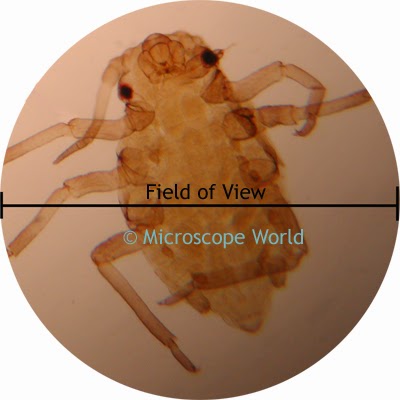When microscopes were first introduced, all objectives had a fixed tube length. This means that there is a set distance from the nosepiece where the objective is screwed in, to the point where the ocular sits in the eyepiece. During the 19th century The
Royal Microscopy Society standardized the microscope tube length to 160mm.
Using a tube length of 160mm works well, unless optical accessories such as a vertical illuminator or polarizing accessories are added into the light path of a fixed tube length microscope. If items are added, it changes that tube length to more than 160mm. In order to solve this problem, in the 1980s the
Infinity Corrected Optical System became common place.
Microscopes that utilize the Infinity Corrected Optical system have an image distance that is set to infinity. A tube lens is placed within the body tube between the objective and the eyepieces to produce the intermediate image (see image below). The Infinity Optical System allows auxiliary components such as illuminators, polarizers, etc. to be added into the parallel optical path between the objective and the tube lens with only minimal effect on focus.
 |
| Fixed tube length versus Infinity Corrected Optics |
























